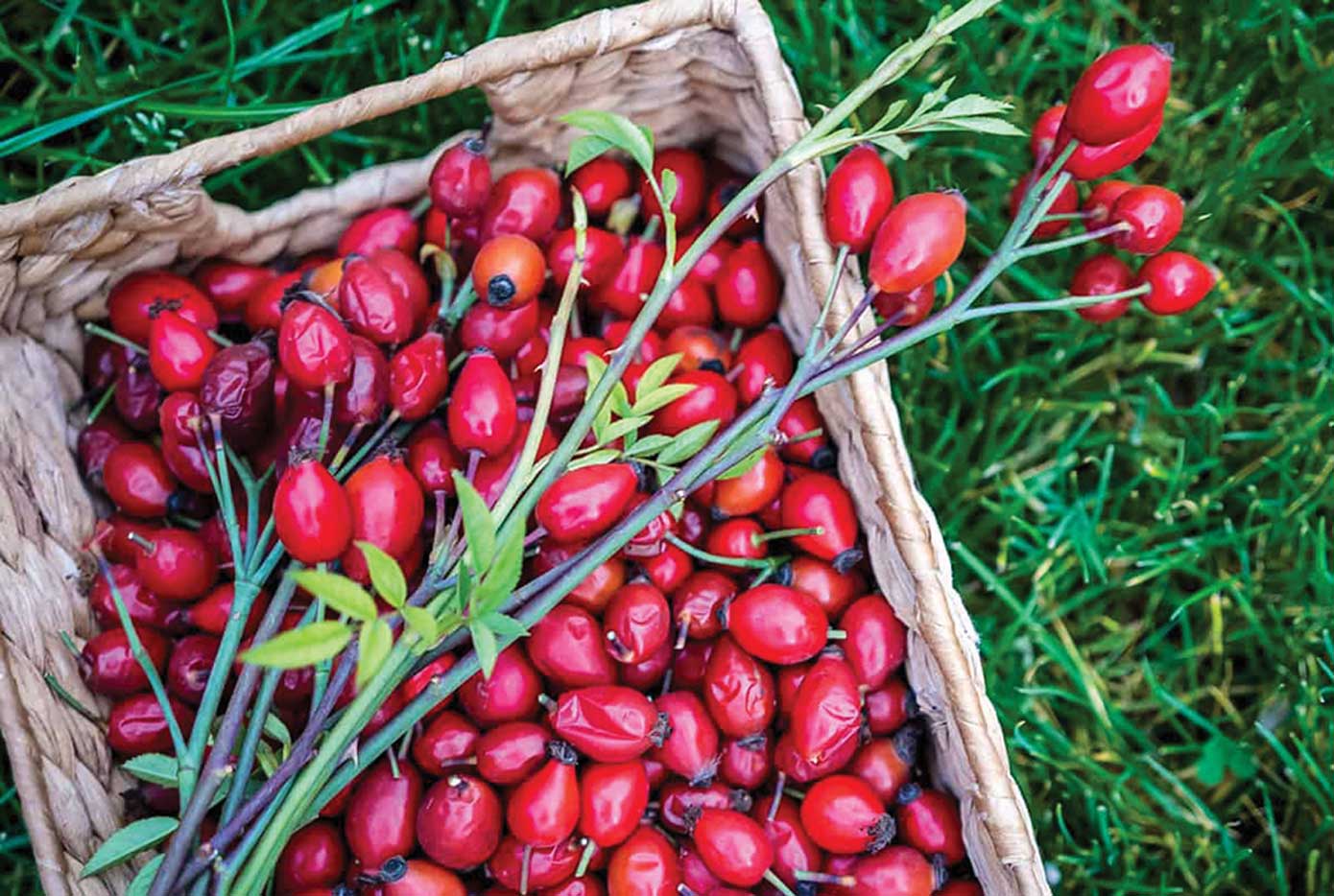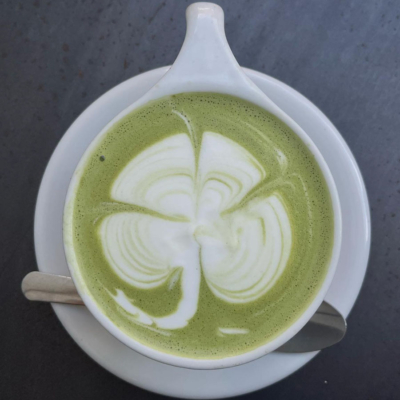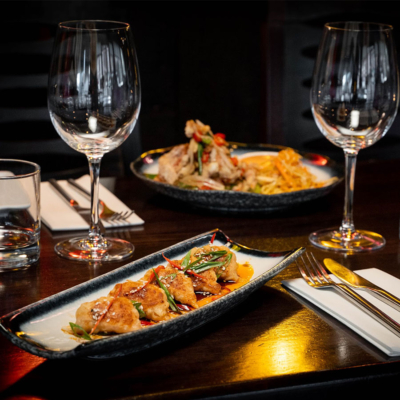Once you know what to look for, a whole new world of exciting tastes will open up to you, writes David Hamilton …
Wherever you are reading this, you are almost certainly just a short walk from a source of wild food. Find your nearest patch of greenery, whether it’s a garden, an urban park, or the patch around a car park, and look down. At first it may seem like an indistinguishable mass of weeds, shrubs, flowers or trees. But once you know what to look for, a whole new world of exciting tastes will open up to you. You might find edible weeds like dandelions, shepherd’s purse or nettles. If you look closer, you might see bittercress, a plant with cross-shaped flowers and a mustard-like flavour that goes beautifully with feta and walnuts. Perhaps there’s a blackthorn bush, with sloes that can be used to make gin or cured like olives for a melt-in-the-mouth flavour. Or a patch of wood sorrel, which can give a tzatziki-style dip a sour, lemony bite.
Foraging has become fashionable in recent years – it can sometimes seem as though every hipster from Hoxton to Houston has picked up a foraging basket – but it is not a new trend. For most of human history, we have eaten wild food. Early humans survived by tracking herds of mammoth, buffalo and deer for meat. But a large proportion of their diet would also have been leaves, roots, shoots, flowers, stems, bark, sap, nuts, berries and seeds. They had intimate knowledge of the landscape and their nomadic lifestyles allowed them to move with the seasons and forage when food was abundant. The variety of plants we consume today has diminished dramatically. While our early ancestors would have made use of thousands of types of plant, as people settled and began to farm, this fell to the hundreds. Today humans only consume three per cent of the world’s farmable plant varieties, with twelve species providing three-quarters of our food. In fact, at least half of all calories we consume come from just three crops: rice, maize and wheat.
Most of us will walk past wild foods every day without noticing them. I tested this on a short walk from my home to the local park. In around 1,000 steps, I counted 60 different plants and trees with edible parts. Every few paces, a different weed, flower, tree or shrub suggested a new dish. I found dandelions, sow thistles, wild lettuce and countless other green leaves waiting to be thrown together in a salad. Rowans and hawthorn berries were in fruit, ready to be made into vividly coloured jellies and jams or a delicious, thick ketchup.
Wild foods can bring us flavours and tastes as exotic as any you could find on an adventurous foreign holiday. In your back garden, there might be potato-like tubers beneath day lilies and dahlias that can be roasted until they are soft and creamy and served with melted butter. The bright-green tips of conifer branches in spring have a unique citrus tang, between rosemary and lemon, and make a mouth-watering ice cream.

Foraging has taught me plenty of tips and tricks. For example, a traditional foraging guide might suggest you gather beech nuts from a beech forest, but I’ve discovered it’s far easier to sweep them up from a tarmac path or quiet roadside. And some of the best places to look for cherry trees or Rosa rugosa bushes are housing estates, because they are commonly used by landscape architects.
When harvesting wild food you should always keep the conservation of the crop in mind. To be sure of a supply of mushrooms the following year, for example, you should always leave some of the biggest to continue to spore and some of the smallest to grow. With other wild foods, take what you need and leave the rest for the animals, birds and insects that rely on them to survive. For trees such as elder, for example, pick the berries at ground level but leave the rest for the birds. If you find signs of rare animals, such as otter scat by a riverside or nut shells nibbled by a dormouse, then it is best to gather from elsewhere. In areas where a plant is scarce, move to where it is more abundant.
Be sure that what you are picking is what you think it is. You need to be 100 per cent certain, so if in doubt, leave it out! Cross-reference with the internet and guides from your region. Video guides can also be helpful to see plants and especially mushrooms from all angles. Foraging apps can be a useful starting point but should never be relied on. I have tested apps on poisonous webcap mushrooms and deadly hemlock, both of which were incorrectly identified as edible.
Some people are allergic to certain wild foods, so eat just a little of something to begin with and try not to mix too many different foods in one sitting. Always wash what you have picked, especially if is growing at ground level in areas where dogs are exercised.
Over time, you will remember where the sweetest raspberries and blackberries grow, in which part of the woods the mushrooms are most abundant, or where to pick the most aromatic herbs. Foraging can be a lifelong gastronomic journey that will change the way you look at both the world and the way you eat. And like any journey, it begins with a single step.

From Where The Wild Things Grow: A Forager’s Guide to the Landscape by David Hamilton, Hodder & Stoughton, out now.
LOVETHEGLOSS.IE?
Sign up to our MAILING LIST now for a roundup of the latest fashion, beauty, interiors and entertaining news from THE GLOSS MAGAZINE’s daily dispatches.











